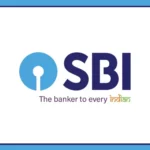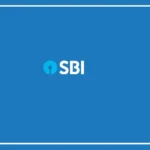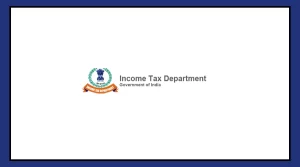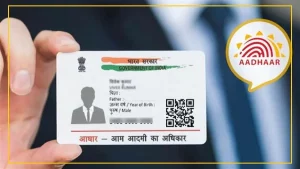India’s automobile market is set to be very busy in July 2025, as many new cars will be launched this month.
These new launches include electric MPVs, luxury sedans, and upgraded versions of popular models.
At the same time, the Reserve Bank of India (RBI) has announced a big relief for people who have taken loans. RBI has decided to remove pre-payment charges on loans with floating interest rates.
This rule will be implemented from January 1, 2026. Earlier, if someone repaid their loan early—partly or fully—they had to pay a fee. Under the new rule, this charge will be removed.
This rule will apply to all banks and RBI-regulated financial institutions, including Non-Banking Financial Companies (NBFCs). It will help crores of loan borrowers, especially those with home loans and Micro and Small Enterprises (MSE) loans.
Who will benefit from RBI’s decision?
People who have taken floating rate loans for non-business use will benefit. Whether the loan is taken individually or jointly, banks or NBFCs will not be allowed to charge any pre-payment fee.
Also, if individuals or MSEs have taken loans for business use, even then commercial banks cannot charge any pre-payment fee.
Which institutions are not included?
Some financial institutions are not covered by this relief. These include:
Small Finance Banks
Regional Rural Banks
Local Area Banks
Tier-4 Urban Co-operative Banks
NBFC–Upper Layer (NBFC-UL)
All India Financial Institutions
Relief on loans up to ₹50 lakh
If an individual or MSE has taken a loan of up to ₹50 lakh from the institutions listed above, then no pre-payment fee will be charged.
This includes loans taken from Tier-3 Urban Co-operative Banks, State and Central Co-operative Banks, and NBFC–Middle Layer (NBFC-ML).
Why did the RBI take this step?
RBI observed that different institutions had different rules for pre-payment charges, leading to confusion and disputes.
Some lenders were also adding restrictive terms in agreements to stop borrowers from switching to cheaper loan options.
RBI clarified that this benefit will apply to both partial and full loan repayment, no matter where the repayment money is coming from. Also, there will be no lock-in period for the customer.
What about fixed-term loans?
For loans with a fixed term, if there is a pre-payment charge, it must be calculated only on the prepaid amount.
In the case of overdraft or cash credit, if the borrower gives notice and repays the amount by the due date, then no pre-payment fee will be charged.
Clear mention in Key Facts Statement
RBI has also made it mandatory to mention details of any pre-payment charges clearly in the loan sanction letter, loan agreement, and Key Facts Statement (KFS).
If a charge is not mentioned in the KFS, it cannot be collected later. This is being done to make banking more transparent and competitive.
What does this mean for customers?
If you have taken a floating rate loan—like a home loan—and want to repay it early (fully or partly), you won’t have to pay any pre-payment charges.
This rule applies to loans that are approved or renewed on or after January 1, 2026.
Earlier, lenders used to charge these fees to stop customers from shifting to cheaper loans so they could earn more interest. That will no longer be allowed.
In other news, LIC Housing Finance has cut its home loan interest rate by 0.50%. Now, home loans from LIC Housing Finance start at 7.50% per year.
Recently, RBI reduced the repo rate from 6.00% to 5.50%. As a result, many banks have lowered their loan interest rates.
Earlier, banks like SBI, Union Bank, and Punjab National Bank also reduced their loan rates.

























